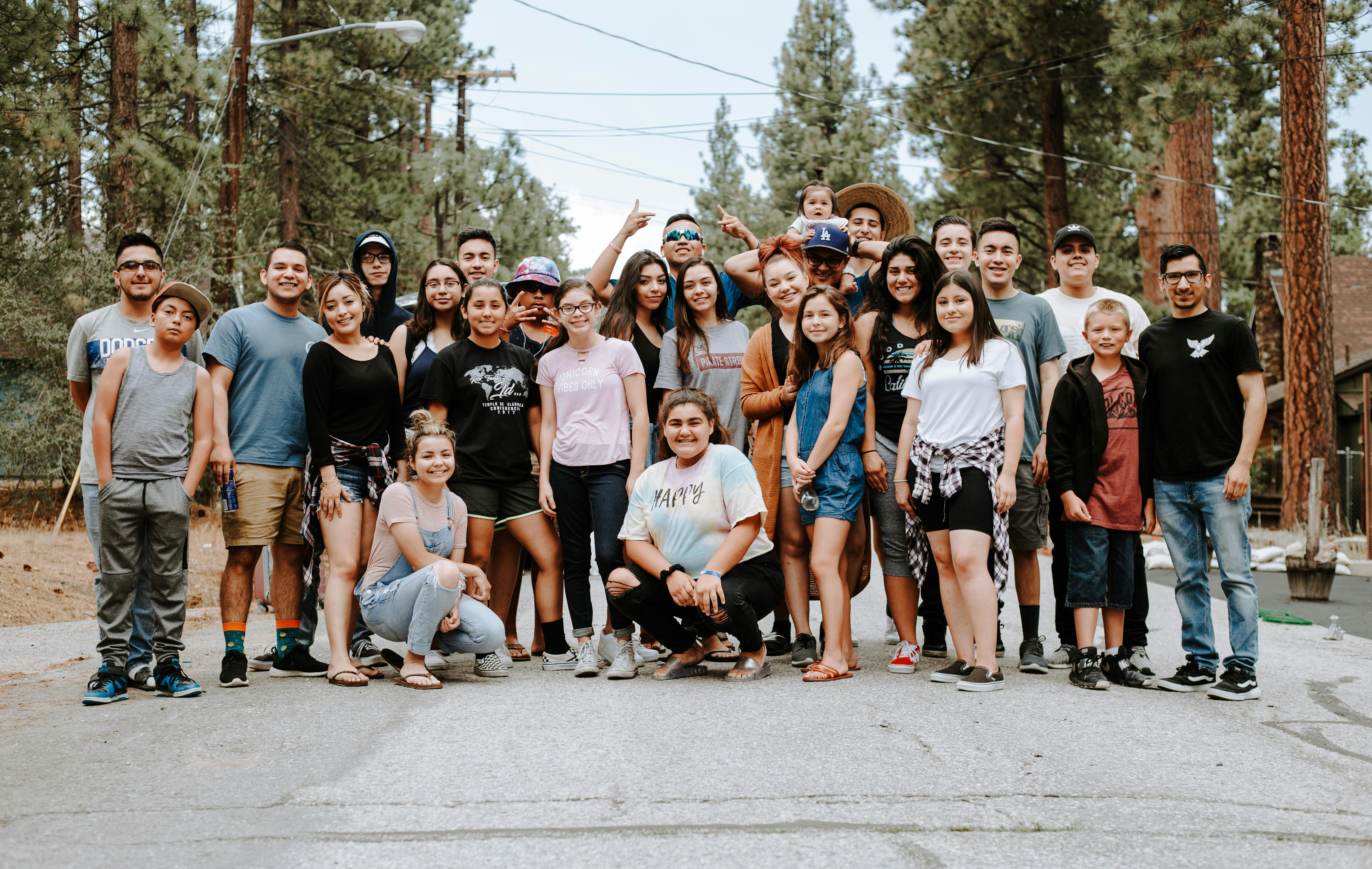Articles
- Parent Category: Management Features
- Written by Bill Rogers
In for-profit and non-profit organizations alike, one major area of focus is the website, which serves as the main hub through which they market and interact with the world. A decade ago, updating language or photos on a website required technical expertise to ensure proper coding and overall site stability. But the adoption of web content management systems (WCM) have given organizations content flexibility while maintaining site architecture in the background. WCM adoption has resulted in a great leap forward for non-profit organizations, allowing for more agile marketing techniques to be applied to fundraising campaigns.
Recently, more advanced WCM tools have become accessible and are increasingly utilized by nonprofits of all sizes and missions. For example, localization tools provide tailored calls-to-action and language support based on a visitor’s location. Special Olympics recently saw tremendous success localizing website content to build brand awareness, engage international stakeholders and extend the reach of fundraising efforts. An international organization that changes lives through the power of sport, Special Olympics sought to foster worldwide brand building, participant/volunteer engagement and secure online fundraising worldwide. The site automatically detects a visitor’s likely language to display geographically relevant images and appeals. After implementing these site updates, the organization reported 50-to-100 percent increases in time-on-site and pages read while also showing a very strong decrease in bounce rate.
Delivering the right content is king, but organizations also benefit from the manner in which it’s displayed. Responsive web design is another advancement increasingly employed by organizations to effectively appeal to donors and stakeholders. Responsive sites automatically tailor their look and feel to the particular device a visitor is using. The site displayed on a smartphone shows large buttons and prominent call-to-donate that stays persistent on screen as the visitor scrolls. The same site displays swipeable images on a tablet. Increasing the accessibility and relevance of the site to any user, wherever they’re accessing the site, positively affects metrics. Asthma Australia, for example, found mobile visits to their website increase from three percent in 2010 to over 30 percent in 2013. The organization capitalized on the new ways visitors interact with the site, seeing site traffic increase 114 percent from 2011 to 2013 and online donations increase 78 percent during the same three years.
A website is now, more than ever, the central hub for an organization’s information. Unsurprisingly, deploying next-generation website improvements like these can make a big impact on fundraising effectiveness and exposure—and not just for large, international organizations. The engine driving these goals is a flexible, advanced WCM, which allows for customized targeting of specific supporters and donor types. With online giving at the forefront, the website is a key and indispensable part of today’s successful fundraising strategy.
By Bill Rogers, CEO & Founder, Ektron
Most Read
-

-
Feb 16 2009
-
Written by Kurt Martin
-
-

-
Jul 22 2016
-
Written by Jennifer Flaten
-
-

-
Sep 12 2013
-
Written by Jennifer Flaten
-
-

-
Jun 25 2010
-
Written by Bob Alves
-




























